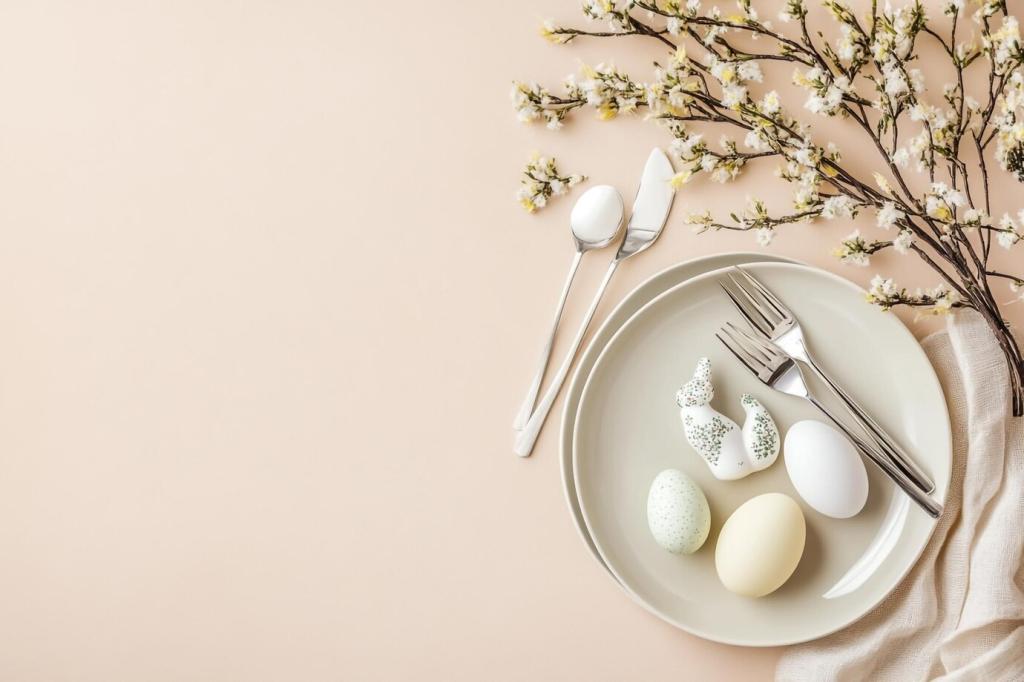How to Decorate with Minimalist Style
Minimalist style is more than just an aesthetic—it’s a philosophy that embraces simplicity, function, and a sense of tranquility within your space. Whether you’re embarking on a complete home makeover or looking to inject small doses of clarity and restraint into your existing decor, understanding the essence of minimalism is essential. By intentionally paring down to the essentials, you invite calm, focus, and beauty into every corner of your home. This guide will help you unlock the practical principles behind minimalist design and inspire you to curate spaces that celebrate quality over quantity.

Embracing the Minimalist Mindset
Minimalism is rooted in the philosophy of “less is more,” focusing on the clarity obtained through reduction. This style transcends trends by emphasizing timeless elements and celebrating empty space as much as the objects within it. By paring down, you make room for meaningful items to stand out, allowing your personality and lifestyle to come forward in a clutter-free setting. Rather than feeling cold or sparse, a well-executed minimalist space exudes calm, purpose, and warmth, encouraging mindfulness and a deeper appreciation for the things you choose to surround yourself with.

Previous
Next
Choosing a Neutral Color Palette
White, off-white, and softer light tones form the cornerstone of most minimalist spaces. These colors amplify natural light, visually enlarge smaller rooms, and cultivate a clean, inviting ambiance. Layering various shades of white and pale neutrals can add dimension without overwhelming the senses, allowing for a subtle interplay of texture and tone. This approach is particularly effective for creating open, airy environments where the boundaries between walls, ceilings, and furnishings gently blur, inviting relaxation and visual calm.
Choosing Statement Pieces with Clean Lines
Minimalist interiors often showcase a few well-chosen statement pieces that provide both function and visual interest. These items—such as a sleek sofa, a sculptural chair, or a refined coffee table—are typically characterized by clean lines and understated elegance. By focusing on quality and silhouette over elaborate details, each piece becomes a focal point without dominating the room. This approach encourages the careful consideration of form and proportion, supporting a sense of spaciousness and clarity while leaving room for movement and flow.
Functional Accessories That Serve a Purpose
Accessories in a minimalist space are not afterthoughts—they are deliberate choices that enhance the overall design. Rather than filling shelves with trinkets or walls with indiscriminate art, opt for a handful of objects that are beautiful and useful, such as a handcrafted vase, an elegant lamp, or a unique bowl. These accessories should relate to your lifestyle and daily routines, blending function with artfulness. Their presence should never compete with the room but rather support the tranquility and order that define the minimalist aesthetic.
Quality over Quantity
Minimalist decorating demands a shift from amassing many possessions to investing in fewer, better things. This ethos values craftsmanship, durability, and authenticity. Opt for furniture and accessories that are built to last and made from honest materials, such as solid wood, glass, or ceramic. Choosing quality pieces not only reduces waste but also results in a space that ages gracefully and maintains its integrity over time. The minimalist commitment to quality encourages meaningful connections with your surroundings and a deeper appreciation for everyday living.
